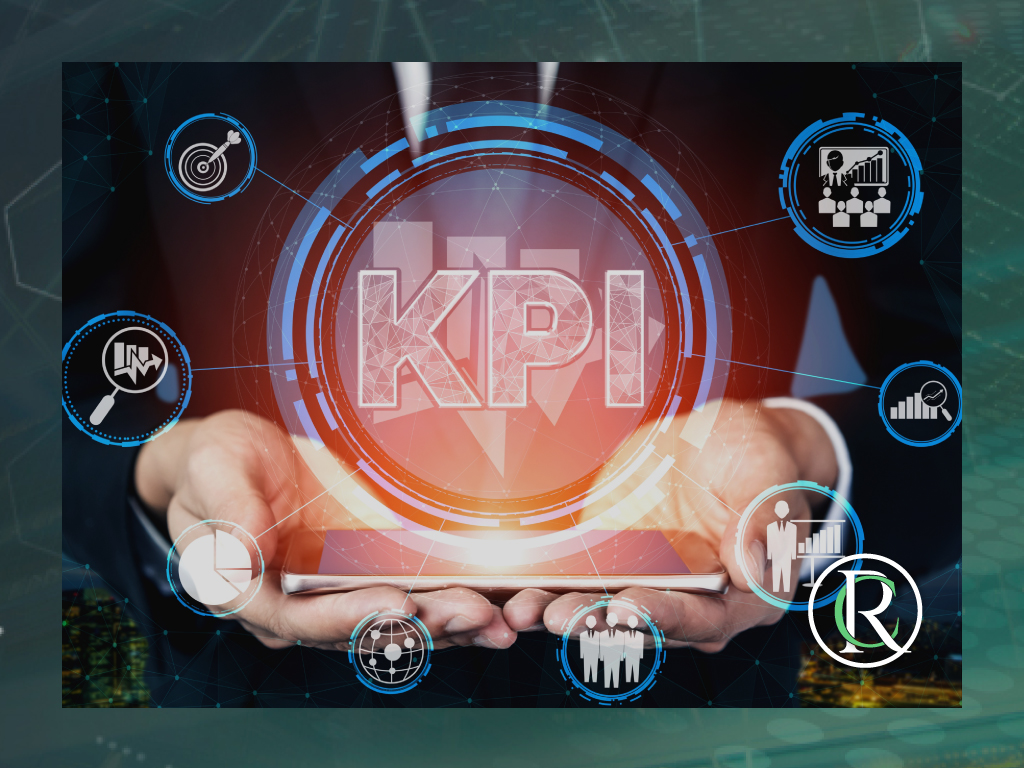Knowing what key performance indicators (KPI) are and being clear about which commercial indicators are indispensable for your company is essential to save time, money and many problems. They can guide current operations, as well as direct future growth. Randall Castillo Ortega, a global trade expert, provides insight into KPIs and how they can be used in an export business.
Experienced entrepreneurs are well aware of the concept of trade indicators. However, as not all of us have the same economic knowledge, it is worth briefly recalling what KPIs are and clarifying what these trade indicators are for. They can be defined as metrics or measurement tools that allow us to check in the most objective way possible if we are selling our products or services well or badly.
Synthesizing a lot, we could say that the commercial indicators serve to verify that our sales strategies are working as we had planned, if we are reaching the commercial objectives that we have set ourselves in the short, medium and long term.
As you can imagine, using the different commercial indicators that we have at our disposal is key for any company, large or small, in any sector of activity, that manufactures products or offers services. Given their importance, sales experts have spent a lot of time and talent developing different business indicators that suit the personality, characteristics, and needs of each organization.
There are three essential commercial indicators for your business. Knowing and applying several commercial indicators is vital for any type of business with a desire for competitiveness that wants to stay for many years in its market. There are dozens of KPIs, but there are three KPIs that any type of company should know and use: trade margin indicators, those that measure final consumer satisfaction and commercial ROI indicators.
Trading margin indicators are the oldest trading indicators. Says Castillo, “Trading margin indicators measure the difference between the sale price of a product or service and the cost of producing it. They are a classic indicator, but it is still essential in the complex economic fabric that we have had to live.”
The final consumer satisfaction indicator is the second. The popularization of technology and the globalization of the market have achieved that the average quality of the products and services offered by companies is unified. Thus, nowadays, it is difficult to stand out for quality. However, it is possible to do so for the ability to improve the final customer experience, capture the consumer and retain him by improving the overall satisfaction he feels towards our products, services, quality of the attention provided, technical service, telephone service and more.
In short, measuring that final consumer satisfaction has become a mainstay for our marketing and sales system. Logically, we must continuously measure that satisfaction using a commercial indicator complemented by a quality indicator.
ROI Indicator is the third type. If you have done online marketing campaigns on Google or Facebook, you have surely heard or read the acronym ROI (“Return Of Investment).
“Measuring ROI or, what is the same, measuring the effectiveness of our online marketing strategy,” explains Castillo, “has become a maxim of our online sales processes and, of course, there are many free or paid commercial indicators that we can (and should) use.”
Of course, there are many more trading indicators that we could recommend. However, these three are the most basic that every global trade entrepreneur should know and follow. In doing so, they will be better prepared to find growth, as well as immediately face any challenge that may arise during day-to-day operations.

